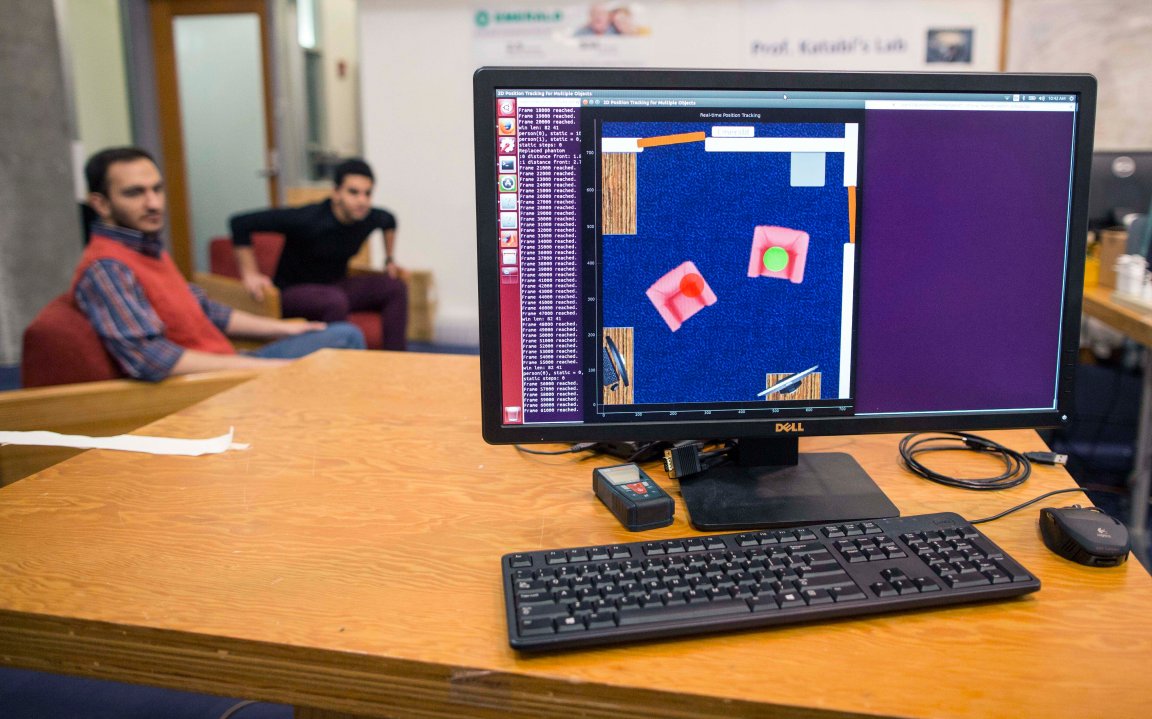
X-Ray Vision
What was once only the stuff of comic book (or maybe sci-fi) fantasies is now a reality, thanks to a group of scientists, led by the Massachusetts Institute of Technology, that has developed software that uses radio signals to recognize silhouettes through walls and track their movements.
In the press release, scientists behind the work explain it in a rather…contradictory way: “Think of it just like cameras, except that it’s not a camera,” said Fadel Adib, a researcher on the MIT team developing the device. “It’s a sensor that can monitor people and allow you to control devices just by pointing at them.”
The discovery began with scientists wondering if they could detect whether or not they could determine what was happening behind something using wireless signals. From there, the researchers began exploring if they could detect how people and objects move behind a wall.
Using the software, the device can then track a person’s movements in real time, depicted as a red dot, as it moves around a space.
The technology can also measure and keep track of an individual’s heart rate and breathing. It could also potentially identify the person based on their skeletal structure. If that’s not enough, the subjects being tracked won’t have to wear anything on them, and the device doesn’t require access from the other side of the wall at all.
See a demonstration of the tech in the video below.
Applications
Numerous applications for the new technology are known, especially regarding health care, law enforcement, and the military. The tech could allow individuals to locate people and other objects through barriers that block vision. For military or law enforcement, the technology could prove to be useful for hostage situations, where the device can assess the situation inside.
For consumers, families can use the technology to keep a closer eye on toddlers. Similar applications for health care providers are evident, as they could help keep track of the sick or elderly.
Researcher Zach Kabelac explains one potential application: “If something unfortunate happens to them, like a fall, the device will contact the caregiver that they chose to alert.” This could happen by the device generating a text message or an email.
A company called Emerald is set to make the technology available commercially, with a target date of releasing it by early 2017 at around $250 to $300 dollars.